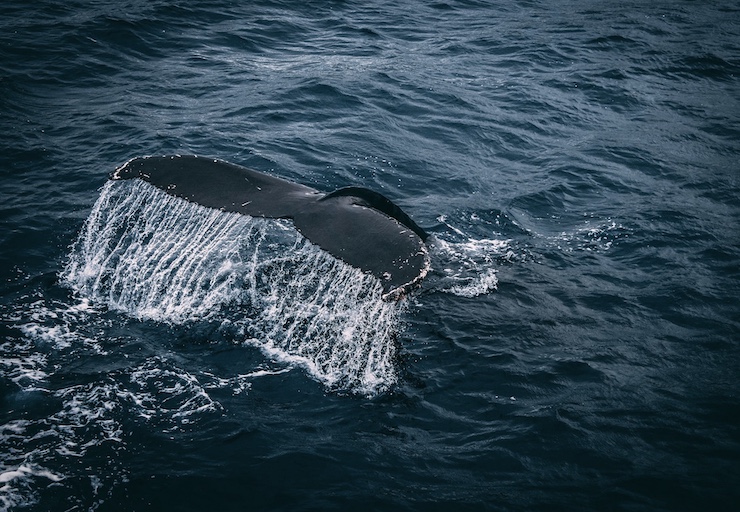Oregon State University’s Marine Mammal Institute Using Drones to Study Whales

In 1982, Oregon State University (OSU) founded the Marine Mammal Institute (MMI) to better understand and protect the creatures living off the coast of Oregon. Dr. Bruce Mate led the institute from 1983-2019, laying the foundations of how technology like satellites can help in marine mammal studies. Today, OSU’s marine mammal studies programs are recognized around the world as being some of the most progressive programs. Over the years, the MMI has continued to use satellite technology incorporated with animal taggings. In more recent years, advancements in technology have given the MMI access to tools that enhance satellite data, specifically drones. With drones, MMI researchers can get closer than ever to marine mammals like seals, dolphins, and whales to study their behaviors.
In January of 2022, the MMI’s Robert Pitman, along with his co-authors, published their findings on how a drone helped them document an unbelievable interaction between marine mammals. Calling it the “biggest predation event on the planet”, Robert and his team were able to document a pod of orca whales attacking and eating a blue whale. The drone captured the first images of the world’s largest apex predators confronting the world’s largest prey. The drone footage did more than just prove that orcas can and will eat blue whales. Because of the drone, Robert and his team were able to see just how methodically and intelligently the orcas carried out the hunt, the kill, and finally, the consumption of the whale. One of the most fascinating things Robert was able to see with the drone footage was how the orcas knew to enter the mouth of the blue whale to eat its tongue, one of the most nutrient rich parts of its body.
On the flip side, another team from MMI, led by Leigh Torres, used drones to document how blue whales feed. An adult blue whale can be up to 90ft long and weigh up to 300,000lbs. They need to eat close to 16 tons of krill a day to survive. Leigh explained that many people have a misconception that blue whales have to dive deep to have enough momentum to grasp large patches of krill to satisfy their appetites. However, with the help of a drone, Leigh and her team found that blue whales tend to feed more successfully by making shorter dives, feeding closer to the water surface. By not having to dive so deep, the whales were able to conserve energy, changing the perception that ecologists like Leigh have long held about blue whale feeding behaviors. Leigh went on to say, “surface foraging could be an important strategy for blue whales, and integration of UAS with tag-based studies may expand our understanding of their foraging ecology by examining surface feeding events in conjunction with behaviors at depth.”
OSU still relies on the satellite technology that Dr. Mate introduced to the MMI, especially in tracking what they refer to as whale superhighways. Studying these migration routes is critical in the conservation of marine mammals. Satellites are great at getting a broad picture of massive oceanic migratory passages. But these satellites can’t get up close to subjects to see the details of what drives their behaviors. By combining satellite and drone technology, the MMI is creating one of the most comprehensive databases on marine mammals.
|